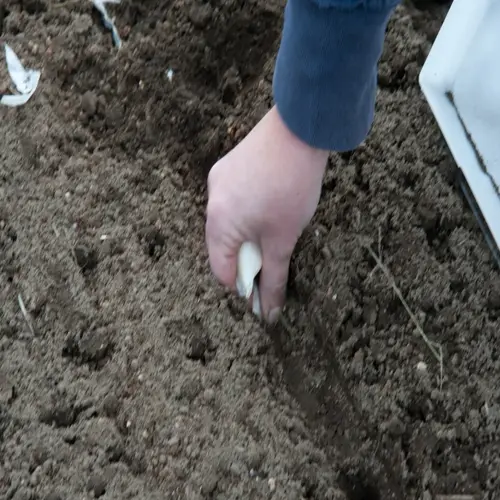What makes succession planting successful?

Written by
Paul Reynolds
Reviewed by
Prof. Samuel Fitzgerald, Ph.D.Implementing successful succession planting relies on the timing of when to sow based on annual temperatures. Sow every 7-10 days when it's cool in the spring, but extend to every 14 days during the summer heat. Rotate your types effectively, starting with a cold-tolerant type, such as Winter Density, and then moving to a heat-tolerant type, like Jericho Romaine. I use a sowing calendar to note when I harvest, and I resow immediately after each harvest.
Interval Optimization
- Spring: Sow every 7-10 days at soil temperatures of 50-65°F (10-18°C)
- Summer: Extend to 14-day intervals when temperatures exceed 75°F (24°C)
- Fall: Return to 10-day cycles as temperatures cool below 70°F (21°C)
- Winter: Single autumn planting protected under row covers
Variety Rotation
- Early season: Cold-tolerant Winter Density or Arctic King
- Mid-season: Heat-resistant Jericho Romaine and Sierra Batavia
- Late season: Bolt-resistant varieties like Nevada or Coastal Star
- Overlap plantings during seasonal transitions
Keep meticulous records of harvest dates and resowing of new seeds in a garden journal or digital calendar. Resowing new seeds immediately after harvest of each crop ensures continuity of delivery. I use weatherproof tags to note sow dates on each bed. Keep notes on variety performance to enhance the effectiveness of your next rotations.
Prepare sowing stations in advance for efficiency. Keep seed trays and soil filled, labeled, and organized for optimal growth. Devote a small area for nursery germination. Once the main crop reaches half size, start the next succession. The idea here is to have a succession of crops that overlap to ensure a constant supply. This can be done without taking up additional space.
Customize approaches for your environment. Northern gardeners should start planting earlier in the summer. Southern growers should continue fall planting through at least December. Coastal regions receive frost protection from natural fog, while dry areas may require shade cloth in some cases. Each year, use local frost dates to monitor the accuracy of timing.
Steer clear of problems like oversowing and planting at irregular intervals. Ensure that planting locations are accurately measured and that calculations are based on the seed/string needs per square foot. Keep the soil healthy by adding compost between plantings. To ensure long-term success, avoid exacerbating disease by changing bed locations on a yearly basis.
Read the full article: When to Plant Lettuce: Ultimate Growing Guide
